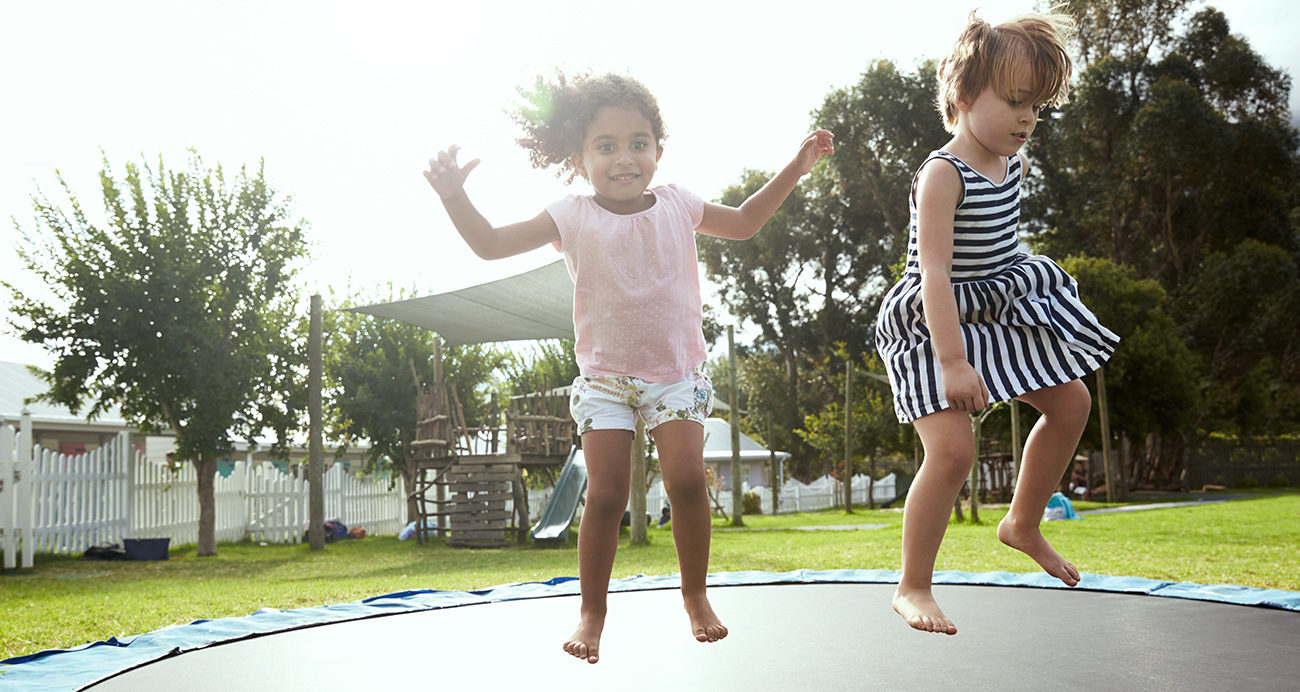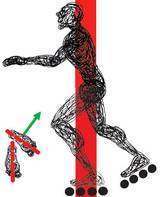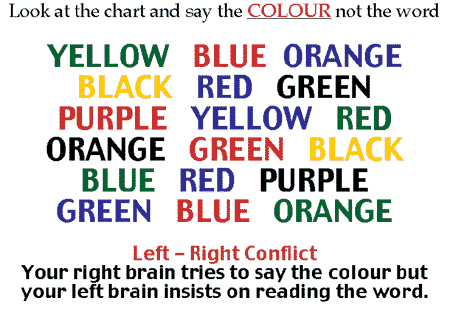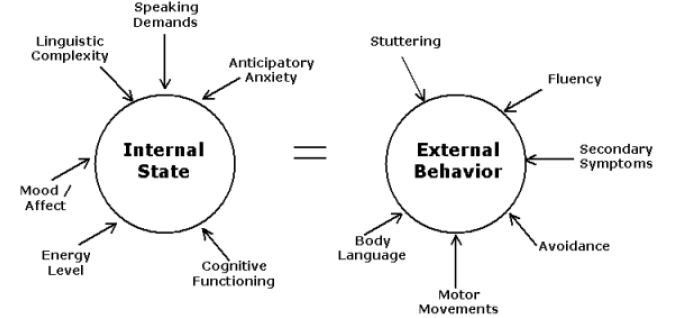Autism - Sensory Integration
Activities to Develop Visual Spatial Knowledge: General Movement – Part 2
Leonard J. Press, O.D., FAAO, FCOVD

It’s Trampoline Time! Harry Wachs suggests we introduce it early into VT programs, to help assimilate primitive and postural reflexes, progressing through the levels of Mental Maps, Coordination of Body Axes, and Integration of Body Components. If there is severe retention of primitive reflexes, start with basic trampoline activities first. Otherwise Harry suggests throwing the child into the deep end of the water, so to speak, and peel back to intermediate activities if advanced ones are too complex.
1. Basic: Count a certain # of jumps and then stop.
2. Basic: Jumping Jacks – arms and legs out together, with arms over head, arms returning to side as legs touch down.
3. Intermediate: Jumping Jills – the opposite of Jacks: arms at side while legs separated, then arms in the air as legs touch down.
4. Intermediate: Clap in phase (when feet touch down) first. When this is smooth and rhythmic say “switch” and child has to clap out of phase (clap when feet are in the air).
5. Intermediate: Strides –  stand with R leg forward and L leg behind, extending R arm in front (same side as leg). Say “switch” and child makes the switch to L arm and L leg extended while jumping in the air. Once the switch is smooth, do “not same” – i.e. L leg forward and R arm extended. Say “switch” and child makes switch to R leg forward and L arm extended. Once smooth, have child switch between same and not same.
stand with R leg forward and L leg behind, extending R arm in front (same side as leg). Say “switch” and child makes the switch to L arm and L leg extended while jumping in the air. Once the switch is smooth, do “not same” – i.e. L leg forward and R arm extended. Say “switch” and child makes switch to R leg forward and L arm extended. Once smooth, have child switch between same and not same.
6. Complex: Stroop Chart. If Harry were present, I’d ask him whether we shouldn’t be trying this first off the trampoline rather than on it. In any event, many of you have seen the chart, named after the psychologist who introduced the concept.
 Harry suggests that while the child is jumping on the trampoline you call out either “word” or “color” as you point to a word, and the child identifies what you’re pointing to accordingly. Of course in England you call out the colour whilst the child is jumping.
Harry suggests that while the child is jumping on the trampoline you call out either “word” or “color” as you point to a word, and the child identifies what you’re pointing to accordingly. Of course in England you call out the colour whilst the child is jumping.
I like a term that Harry uses in assessing whether the child has exhibited competence in these procedures, and that is the presence or absence of motoric stuttering.
We’re used to thinking of stuttering as a vocal issue, internal and external components as depicted in the graphic above. But Harry is using the term to indicate lack of fluidity in general body movement, where either the coordination between limbs, or flexibility of switching as described above is halting. We’re used to looking for it in the ocular development control phase, as when asking a child to do pursuits and saccades. We describe eye movements as jerky or smooth, so consider motoric stuttering as the whole body analog of jerky eye movements.
